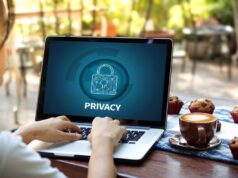
“Off the grid” is quickly becoming a phrase of the past; between our mobile devices, tablets, gaming systems and personal computers, we’re almost always connected. Now, more than ever, it’s important to take precautions to protect your data and personal information from malicious attacks. If you’re looking to improve your cyber security in 2024, here are ten quick and easy actions to take right now:
1. Invest in a VPN
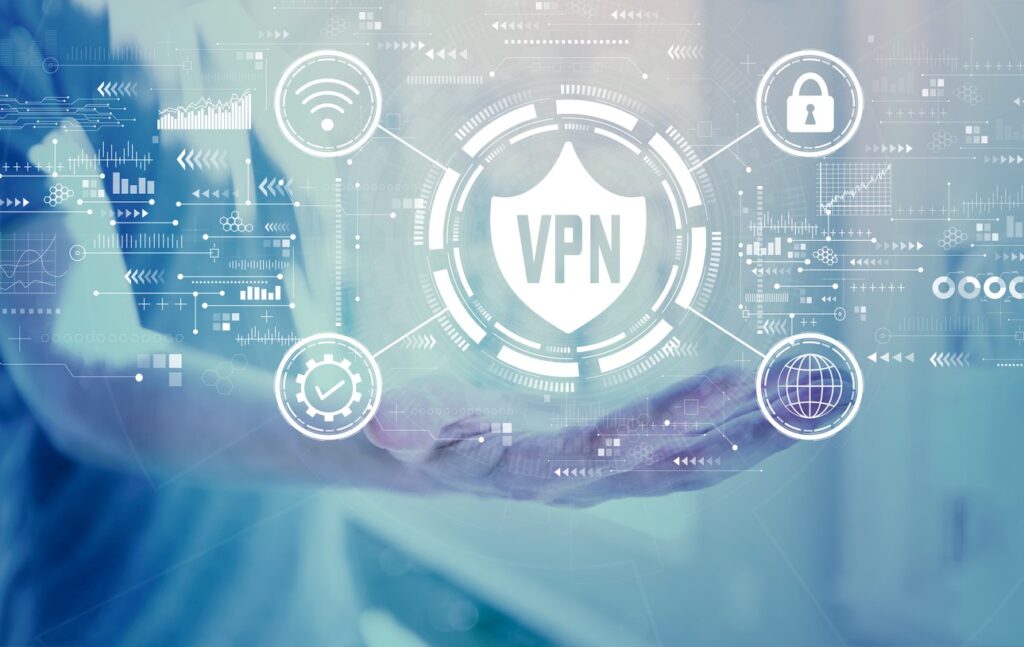
Virtual Private Networks (VPN) grant users the ability to go online and stay anonymous through private access. Your information and behaviors remain untraceable as the VPN acts as a mask for your IP (Internet Protocol), using a provider address to hide your own. A VPN will also come in handy should you need to connect to an insecure network, encrypting your online data and preventing outside sources from reading your information. A VPN will also help you avoid online shopping price discrimination, evade Internet Service Provider (ISP) tracing and access blocked websites from other foreign locations.
2. Use screen protection
If you’re known for accidentally dropping your phone, you’ve probably invested in a shatter-proof screen protector more than once. While most screens now leverage “Gorilla Glass” to create a high-grade protection film on your phone’s native surface, you still should consider investing in a privacy screen protector. These screen protectors contain a special filter that allows or blocks light to pass from certain angles, thus making it impossible for those by your side to read what you’re doing on your phone. More than just keeping your friends out of your business, these screens can protect against strangers from seeing and using your personal data as you scroll out in public.
3. Update your passwords
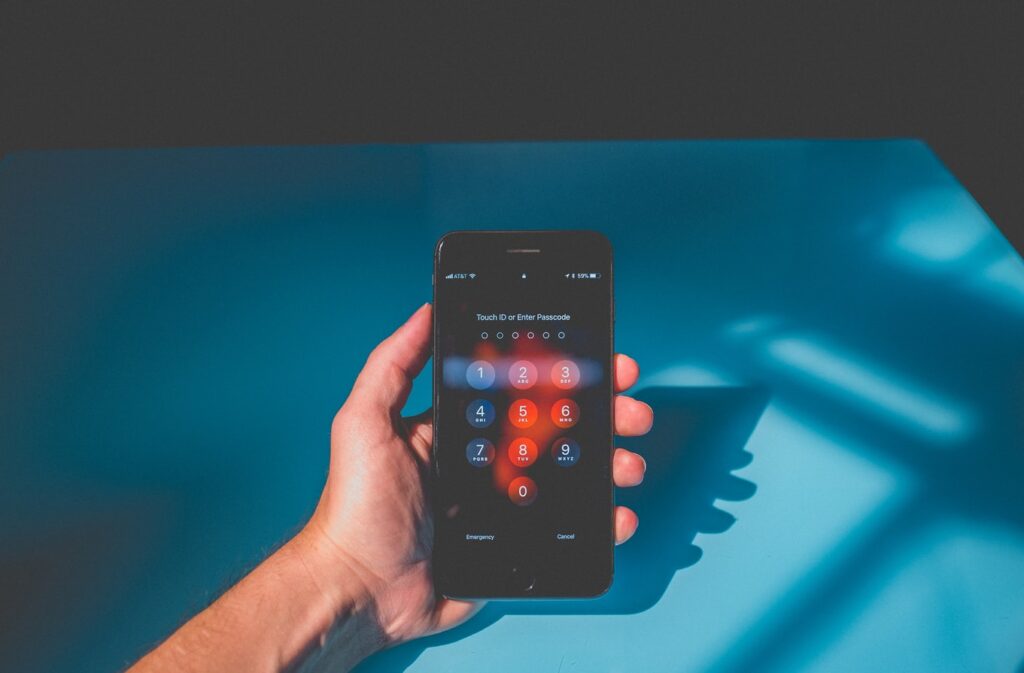
This may seem elementary, but regularly updating your passwords is one of the easiest forms of cybersecurity to practice. As you update your passwords, keep in mind these essential tips for creating a strong barrier to your information:
- Do not use personal information; this can include family members, pet names, street addresses, etc.
- Instead of using real words, use a string of random numbers and characters.
- Create passwords with more than ten characters.
- Use a protected password manager to store your new passwords.
- Use different passwords on different accounts.
For platforms with highly valuable data (like your financial institution’s mobile banking app or your tax service), consider changing your password every two to three months to prevent a malicious attack.
4. Keep your programs limited and updated
You are responsible for both managing the apps and programs downloaded on your personal devices, and keeping them updated. Limit your downloads to softwares that you know has a trusted reputation. The easiest pitfalls often come in game and recreational app downloads. Vet each purchase and installation ahead of time, and do not download if there appear to be any suspicious reports or lack of information.
5. Implement multi-factor authentication
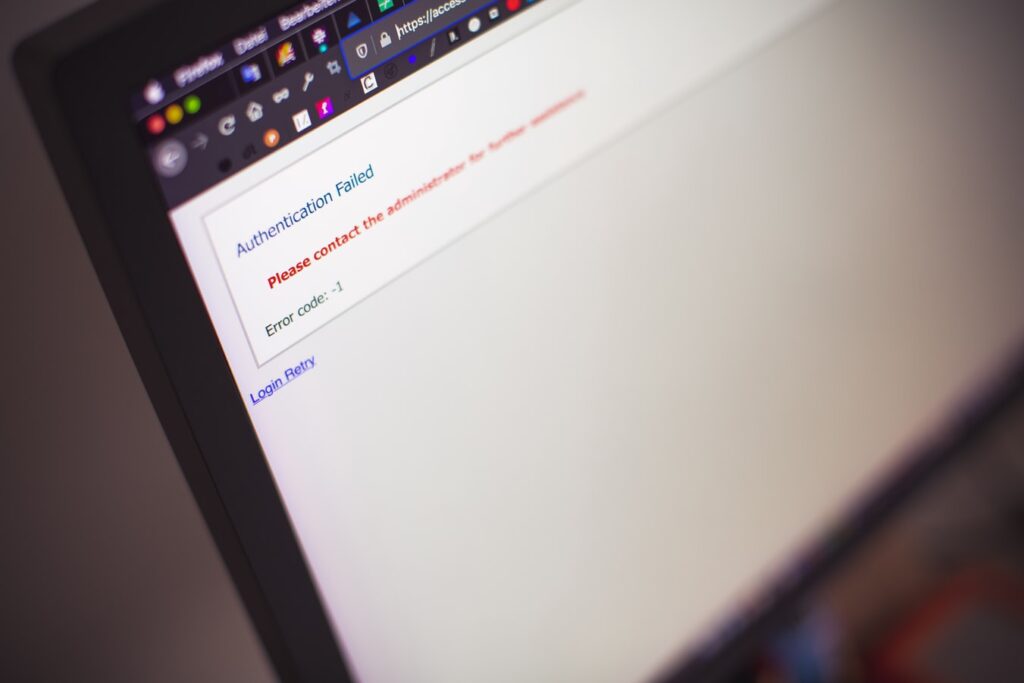
Adopt the practice of implementing two-factor authentication (2FA) for all information-heavy platforms. A great example of this in everyday practice would be your debit card; instead of just providing the card number, users are also required to provide a PIN number. That PIN number acts as a second authentication. Most systems that hold your data (i.e., email platforms, online banking or billpay) will provide multi-factor authentication options, requiring users to grant access from another device or provide additional information before proceeding. While it may feel cumbersome, this process is key to protecting your information and adding an additional layer of security to your passwords.
6. Know the signs of a scam
According to the FBI’s Internet Crime Complaint Center, over $57 million dollars were lost to phishing schemes in just one year. It’s highly likely that at some point, your email or personal device will be a target for one of these attacks. Education is the best form of prevention, and should you receive an email from an unknown sender, judge it by the following criteria:
- Does it seem too good to be true?
- Is there a claim of issues with your account or personal information?
- Does it require you to provide you personal information?
- Is there a fake invoice attached?
- Does it want you to click on a link to make a payment?
If any of these criteria are met, stay away. Should you have a question about an email that appears questionable from a reputable source, contact that source directly from the phone number listed on their official website to confirm the validity of the communication.
7. Connect to secure WiFi networks
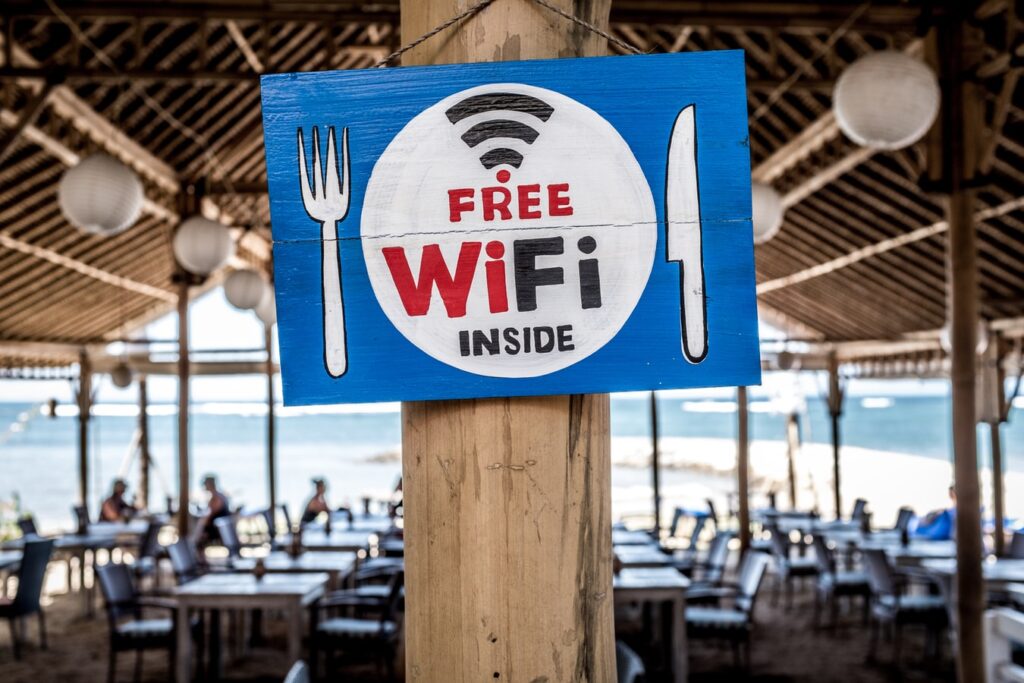
If you’re without a VPN, it’s important to closely monitor which WiFi networks you connect to, whether at a coffee shop, mall or public library. While each of these institutions are reputable, their connection may be susceptible to malicious attacks. Choose to use your cellular data until you can connect to a more secure network.
8. Encrypt and backup your data
In the event of lost data, it’s important to have a backup of your information safely stored separately from your other devices. The easiest way to accomplish this is through a simple drag-and-drop of your personal files to a hard drive or USB device; it’s recommended to make at least two copies for general protection. Many devices also offer secure backups to the Cloud as a means of protecting your data; as you do so, remember to opt-in to encrypting this data to keep it safe. This means that the data is translated into another form of code, so only those with access to a decryption key can read it.
9. Read agreements and privacy policies

How many times have you scrolled past the Privacy Policy, only to hit “I agree” before continuing your web browsing? While most policies aren’t malicious, you still need to take time and review for these specific five elements:
- What type of information is gathered by this site or software?
- What information is optional?
- Who is this information shared with?
- How is this information used?
- How long does the site or software keep my information on file?
These policies are essentially how you control what of your information is accessible, and what is not. If you see anything suspicious, do not agree to the terms and exit out of the software or site immediately.
10. Avoid oversharing on social media
Social media can be a great tool to keep in touch with your family or have conversations with your friends—but it’s also an opportunity for hackers to steal your personal information. Think about what you post publicly before you share it. Does that post contain details that could be used to access your data? If so, it’s not worth sharing. The headache of recovering from a personal data attack is a lot less stressful than missing out on one status update.


